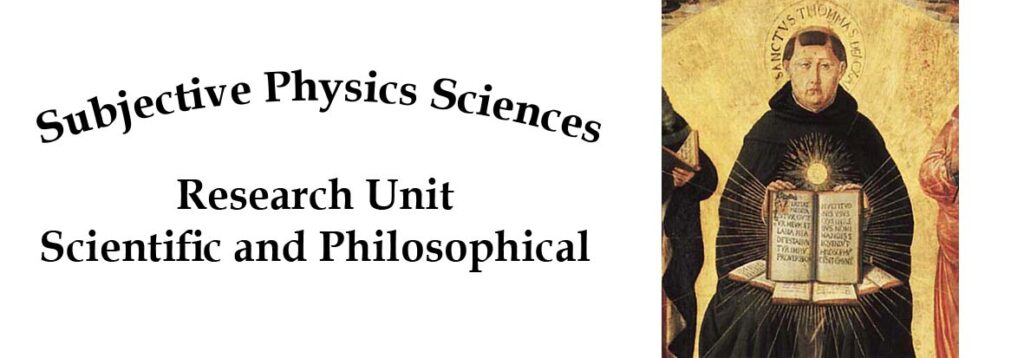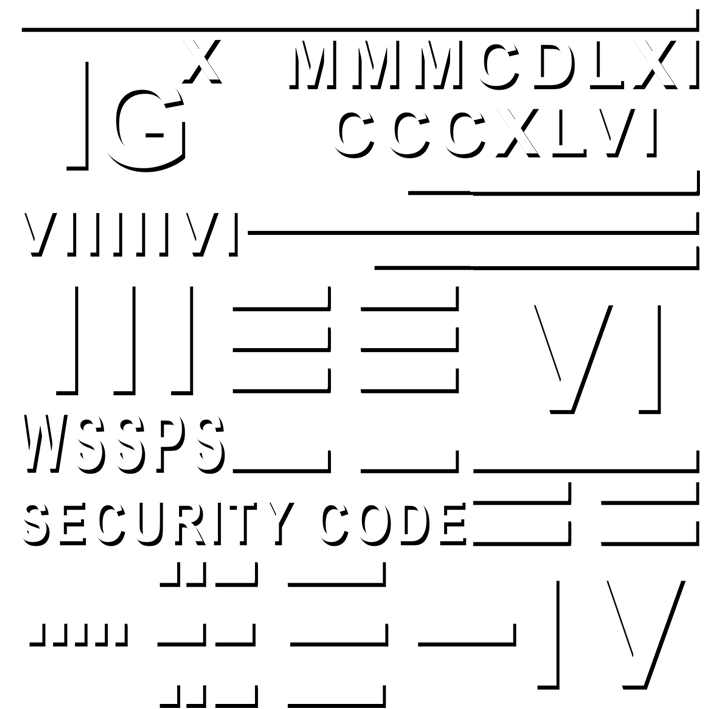
Thomas Aquinas (c. 1225-1274), also known as the “Angelic Doctor,” was an Italian philosopher and Christian theologian. He attempted to combine Aristotelian philosophy with Christianity, or in other words, to create a synthesis of science and faith. He believed that there is no contradiction between philosophy and reason on the one hand, and Christian beliefs on the other, and that philosophy and Christianity actually say the same thing.
Aquinas’s great achievement was to demonstrate that faith and reason are not in conflict, as many in his time believed that Aristotle and the Arabs were irreligious and that their dangerous influence needed to be eradicated. Some argued that any rational argument about religion is a form of weakness and decay, but Aquinas demonstrated that faith and religion cannot be threatened by rational logic and argumentation. This allowed for freedom of thought and reason, and encouraged people to engage in intellectual inquiry.
Aquinas, also known as Saint Thomas, was one of the greatest philosophers and scholars of the Middle Ages and the history of the Catholic Church. He was born in 1225 in the city of Aquino, Italy, and became known as one of the prominent teachers at the University of Paris during his time.
One of Aquinas’s most important works was the Summa Theologiae, one of the greatest philosophical works in history, which is considered a cornerstone of Catholic philosophy. Aquinas attempted to harmonize the principles and foundations of Catholic faith with philosophy through strong and logical arguments.
Aquinas is also known as one of the greatest ethical thinkers in history. He addressed important ethical issues by presenting theories about justice and benevolence. He died in Italy in 1274. His works remain important foundations of philosophy and are still significant for scholars and philosophers.
Thomas Aquinas wrote more than 100 works in various fields, including philosophy, religion, ethics, logic, and the philosophy of science. Some of his most important works include:
1. Summa Theologiae: This work is considered one of the most important books in religious philosophy and contains more than 4,000 questions and answers about various religious issues.
2. Summa Contra Gentiles: This work contains more than 400 questions and answers about philosophical issues.
3. Philosophical Views: This work includes a collection of philosophical articles about issues such as the existence of God, humans, justice, knowledge, and more.
4. Ethical Views: This work includes an examination of ethical issues such as benevolence, justice, love, and more.
5. Disputed Questions: This work examines philosophical and religious issues that were debated during Aquinas’s lifetime.
6. Logical Views: This work includes an examination of logical issues such as argumentation, language rules, and more.
7. Philosophy of Science Views: This work includes an examination of philosophical and scientific issues, such as experience, science, and more.
Summa Theologiae is an attempt to combine philosophy and religion in a way that harmonizes the principles and foundations of Catholic faith with philosophy. In this book, Aquinas examines issues such as the existence of God, the perfection of God, creation, humans, Christianity, and more. The work also delves into other ethical and philosophical issues such as benevolence, self-confidence, anthropology, and more. Summa Theologiae is still considered an important foundation of religious philosophy and is known as one of the best-selling philosophical books in history.
Thomism or Divine Realism (Theology of Being), emerged as a new philosophy during the Middle Ages and has since become an important worldview that has shaped Western thought. In the history of thought, Divine Realism is a synthesis of Greek rational thought as represented by Aristotle, and Christian theology.
Although Christianity had entered the Western world earlier, during the Roman era, Christian thinkers or scholastics (members of the scholastic movement) such as Thomas Aquinas later attempted to provide rational organizational structures for religious teachings in order to provide them with order and philosophical meaning.
Thomas Aquinas was born into a noble family in the small town of Aquino, eight kilometers from the city of Lazio (current Lazio region). His father, Theodold Frederick II, was the Holy Roman Emperor, and his brothers and sisters had roles in the Church and the Empire. This family history is evident in some of Aquinas’s works.
Thomas Aquinas compares the ascetic practices of the ascetics with the military training of new soldiers and sometimes quotes the works of Roman military commanders. Although he clearly avoids getting involved in the political events of his time, for example, he does not refer to the Crusades that took place during his time. He also does not address the conflict between the Church and the Empire in which his brothers were involved and avoids expressing his views on the relationship between the state and the Church.
He studied in Monte Cassino and Naples. From a young age, he wanted to join the Dominican Order. The reason for Thomas’s great interest in this order was their scientific and preaching activities. Thomas’s family was opposed to his joining the Dominicans, but in his Summa Theologiae, he says that if someone feels called by God to serve, they do not have to listen to their parents’ objections. At one point, a group of Emperor’s soldiers kidnapped Thomas at his mother’s request and held him captive for a year, but Thomas’s determination eventually prevailed and he was able to carry out his decision and join the Dominican Order.
In 1245, he studied under Albertus Magnus in Paris. In 1248, he went to Cologne with Albertus Magnus and returned to Paris in 1252, where he became a professor of theology. In 1265, he was commissioned to establish a Dominican school in Rome. It was there that he began writing his comprehensive work, Summa Contra Gentiles and Summa Theologiae. During Thomas’s time, there was much doubt about the works of Aristotle and disputes between university professors and the Church over Aristotle’s works.
Thomas Aquinas concluded that the teachings of Aristotle could be combined with Christian teachings, and a Christian Aristotelian theology could be created. He wrote, “Although the truth of Christ’s religion is beyond the capacity of reason, human reason cannot be in conflict with the truth of Christ’s religion.” He also wrote many works on the commentary of Aristotle and Neoplatonic philosophy, as well as interpretations of the Book of Job and the Gospel of John.
Thomas spent his final years in Naples. On December 6, 1273, during a divine revelation at the Mass of St. Nicholas, he wrote, “All that I have written seems like straw compared to what has now been revealed to me,” and decided not to write anymore. Some modern historians speculate that he may have suffered a stroke. On March 7, 1274, while on his way to the Council of Lyons at the invitation of Pope Gregory X, he died at the Cistercian Fossanova Abbey.
Aquinas believed that science and wisdom were in the service of religion but separate from it. Humans become aware of the existence of God through the power of God and the mediation of Jesus Christ and are compelled to believe in Him. The role of philosophy in this regard is to dispel doubt and confusion. His five proofs for the existence of God have a special place in the history of Western philosophy. According to Nic-Zwilling, Aquinas was heavily influenced by Ibn Sina.
Many of Thomas’s works deal with philosophical topics, and he may be considered a philosopher from this perspective. His philosophical ideas have had a great influence on later Christian theology, especially the Catholic Church, and have generally expanded to Western philosophy.
He believed that the government is a product of natural law and the result of the expansion of the family. He had preserved the intellectual frameworks of Aristotle. God has given people some of his power, and people have given it to the government. Therefore, an implicit agreement has been established between the people and the government.
The government is responsible to the people. If it fails to perform its primary duty, namely justice, the people have the right to overthrow the government. The best form of government is limited monarchy. Laws must be made with the consensus of the people. Rebellion against the government is allowed, but violation of government orders must be permitted by religion.
Perhaps before finishing this section, it would be better to know more about metaphysics. Although interpretations of metaphysics may differ from the ones I am writing for you, in today’s world, metaphysics does not mean “beyond nature”, but it is a branch of physics that has its own specific laws, and one of these examples is the “Schrödinger’s cat” example to explain quantum mechanics.
However, in the past, metaphysics was apparently a part of philosophy that we will discuss together.
Metaphysics, or “beyond nature”, is a branch of philosophy that deals with the study of the essence and nature of existence, life, and the world as a whole. Metaphysics is considered the root of philosophy, in the sense that philosophers primarily addressed this area of philosophy.
The issues raised in this branch of philosophy can be divided into three main categories:
1. Issues related to the nature of God and existence, such as ontology, the existence of God, and the non-existence of God.
2. Issues related to the nature of human beings, such as free will and determinism.
3. Issues related to the nature of the world, such as stability and change, and mind and matter.
One important point that is sometimes overlooked is the issue of the validity of metaphysics, which means whether or not it exists is a subject of discussion and debate among philosophers. Based on this, philosophers can be divided into two categories: positive metaphysicians and critical metaphysicians. Positive metaphysics deals with metaphysical systems: from ancient times, positive metaphysicians have tried to depict a general mental image of the world by presenting metaphysical systems. Critical metaphysics: it should be noted that metaphysics or “beyond nature” is used to refer to two things. In the first sense, metaphysics deals with the fundamental nature of reality and the basic principles that can serve as a basis for that reality.
The second concept of metaphysics is one that Immanuel Kant holds to, which is the discovery of something that provides the necessary conditions for our experience in general. In contemporary philosophy, especially after Immanuel Kant’s critical philosophy, there has been a great deal of skepticism about metaphysical issues. Critical metaphysicians focus on the limits of metaphysical thought. One of the most famous arguments that considers metaphysical propositions meaningless can be summarized as follows: only empirical propositions and analytical propositions have meaning. However, metaphysical propositions are neither empirical nor analytical, so they are meaningless.
Empirical propositions are those that can be refuted by observation and experiment, and analytical propositions are those that are self-contradictory with their own negation.
Some famous philosophers and scientists who have criticized metaphysics include:
From English-speaking countries: John Gray, David Hume, Bertrand Russell, John Stuart Mill, George Smith, Richard Dawkins, George Edward Moore, Paul Dirac, Stephen Hawking, Francis Crick, Julian Huxley.
From German-speaking countries: Karl Marx, Friedrich Engels, Ludwig Feuerbach, Immanuel Kant, Albert Einstein, Arthur Schopenhauer, Martin Heidegger, Sigmund Freud, Friedrich Nietzsche, Ernst Mach.
From French-speaking countries: Michel Foucault, Jean-Jacques Rousseau, Jean-Paul Sartre, Emile Durkheim, Auguste Comte, Michel de Montaigne, Pierre-Simon Laplace.
From other countries: Graham Harman, Daniel Dennett, Noam Chomsky, Edmund Husserl, Ludwig Wittgenstein, William James, Thomas Kuhn, Marie Curie, Enrico Fermi, Mikhail Bakunin, John Searle, Vladimir Lenin, Ivan Pavlov, Richard Feynman, Baruch Spinoza.
